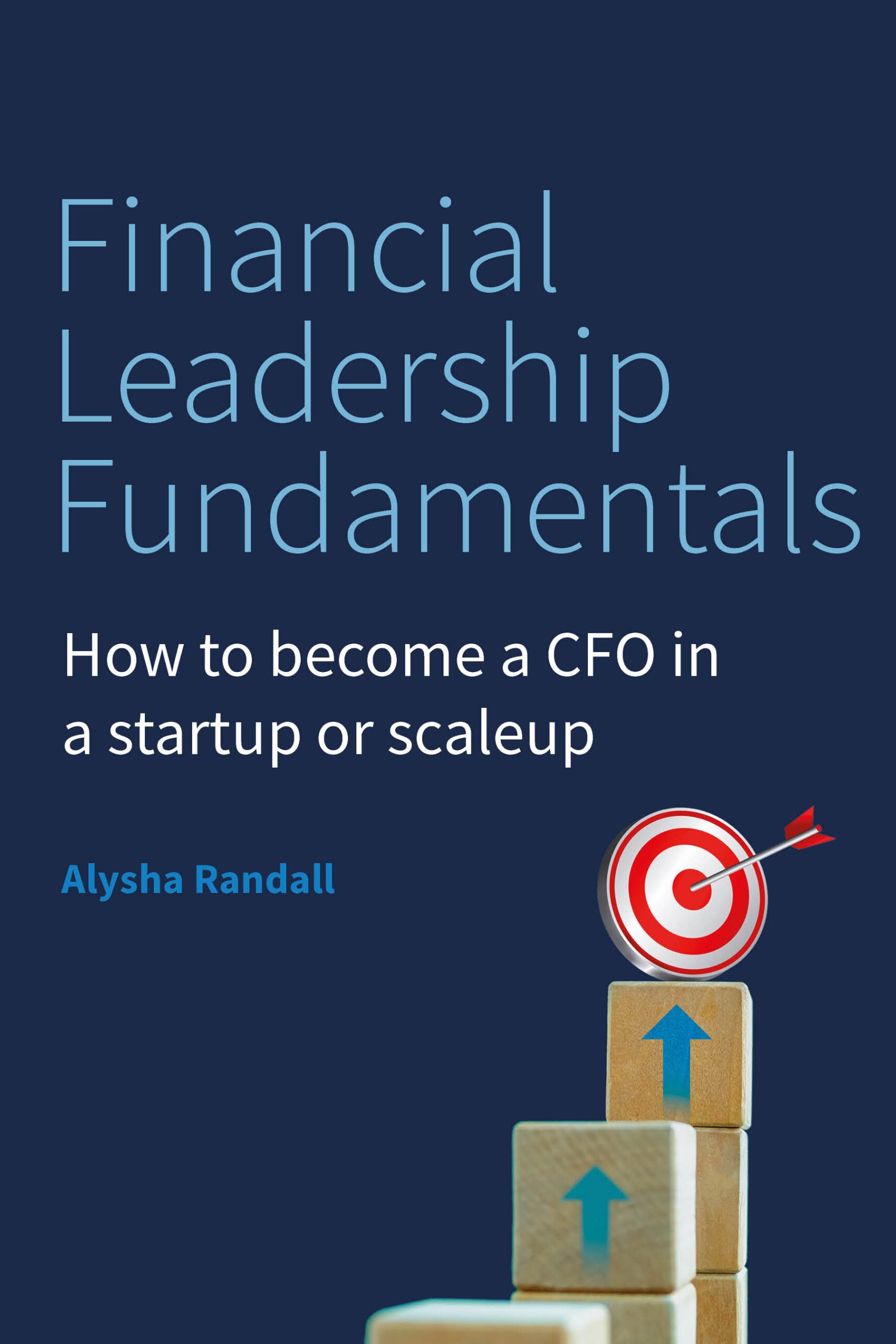When working for a startup or scaleup, a big part of the finance leader’s role is helping the founder run successful fundraising campaigns. A significant amount of preparation goes into a fundraise, which I will now outline, starting with the communication needed between the founder and the finance leader.
The Founder’s Timeline
Businesses fundraise equity to start a business, to develop the products or services, or to grow the business—anything to achieve the business goals.
There are a few factors regarding the timing of fundraising and, ultimately, the exit. Have a conversation with the founder on their current thoughts (and the board’s thoughts) on the timing of a potential exit.
No doubt the goal to exit will change over time, but it’s a good idea to understand when they will want out of the business, as this will help you with preparing the business for the exit. Some founders want to grow their business quickly, exit and move on to the next venture. Others take a slower and more measured approach. Understanding this will change the way you plan for liquidity.
As part of those discussions, it’s important to understand the estimated timelines of fundraising. What goals does the founder want to achieve before the next fundraise, and does the current cashflow forecast allow for this? Preparing for a fundraise can take many months, and you ideally want to be prepared for a fundraise with minimal effort once you have established the baseline, in particular, a good level of reporting and a working budget model.
An acquisition or an IPO can take between one and two years to complete, so the preparation is intense. Ideally, you want as much notice as possible.
Preparing to Fundraise
A fundraise can take anywhere from three months (generally only if it’s a small raise or CLN with existing investors) all the way up to eighteen months. In 2021 six months was considered a good time frame, but I’m now seeing this getting closer to nine to twelve months, and sometimes even more.


As it takes such a long time to fundraise, timing is key and there are a few important considerations, including:
- Preparation time
- Cash runway
- Leadership duties
- Communication with investors
- Investor research
-
Preparation time
You need to ensure that the finances are sound, the KPIs are defined and collated and the unit economics make sense. You also need to prepare for the fund-raise itself. This includes the pitch deck, dataroom (see below) and the storytelling: what are the numbers saying? What has the business’s journey been so far, and where is it planning on going? Stories are easier to follow and are more interesting.
As there is a lot of work involved, I normally have a potential fundraise in the back of my mind at all times. If the management accounts are prepared with potential investors in mind, the balance sheet is always reconciled and clean, the KPIs are always reviewed, adjustments aren’t reserved for year end, and the P&L tells the same commercial story as the business. There is then less work to do when the business decides to fundraise, and you can pivot much faster into fundraise mode.
-
Cash runway
Ideally, you want enough cash runway to last you at least as long as the fundraise process in a worst-case scenario—12 months as well as some buffer. Ideally, I would say 18 months. Appreciate that most startups I work with leave a lot less time than that for the fundraise process, and you must work with that decision.
-
Leadership duties
When the business starts the fundraise process, many of the company’s leaders will be tied up and focused on the fundraise. It’s therefore useful to have a plan for who is going to run the business when leaders – likely the founder and you – are tied up.
-
Communication with investors
With investor preparation, it’s always worth the founder taking time to speak with investors. The founder should always be in fundraising mode. Potential investors can offer the founder suggestions on why they think the business is a good investment (or not). It’s also easier for the founder to approach warm leads than cold leads when a fundraise process begins.
-
Investor research
Draft a list of potential investors and what each of them could offer, not just financially but also with their experience, skills and network. Consider who the business wants to be a lead investor, and who the business wants on the board. Start with the least favourable investors and work up to the favourite. By organising it this way, the pitch will be nailed down by the time the business gets to the preferred investors.
Supporting a startup business to fundraise efficiently is a huge part of a finance leader’s role. This is to ensure that the business can continue to grow, build their products or services, and keep the business running.
By maintaining clean financials, simple and easy to understand reporting that tells a good story as well as keeping a control on cashflow forecasting, the business can stay ready to capitalise on any fundraising opportunities that arise.
A well-planned approach to fundraising not only increases the likelihood of success but also sets the foundation for a smoother path to long-term growth and a successful exit.
This article is an adapted extract from Financial Leadership Fundamentals: How to become a CFO in a startup or scaleup by Alysha Randall. The book provides a guide for those seeking a tried-and-tested path to success as a CFO, providing both the practical and mindset tools needed to take ownership of this influential role in a startup environment.


#Ready #Business #Fundraise #Finance #Leader